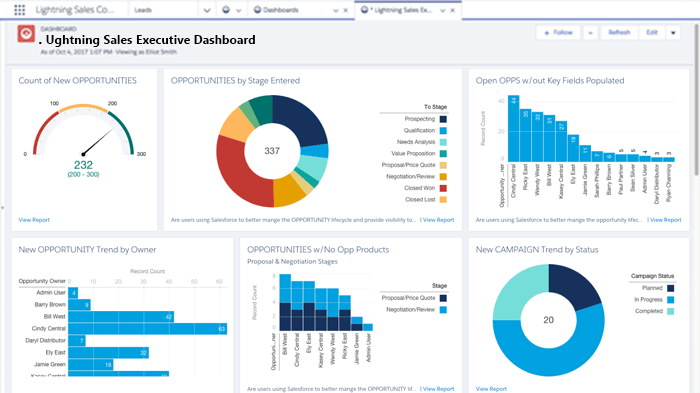Developing a Dynamic Sales Strategy
Developing a sales plan is a strategic undertaking that demands agility and foresight. This comprehensive guide will walk you through the process of creating a sales plan that not only aligns with your long-term company goals but also adapts seamlessly to dynamic market conditions. Learn the importance of a sales plan, explore various types with real-world examples, and discover how to construct a plan that propels you toward achieving revenue objectives while optimising costs.

Understanding the Significance of a Sales Plan
A sales plan serves as a meticulously designed blueprint aimed at achieving revenue targets. Initiated by sales leaders who define the company’s long-term objectives, sales managers craft an annual sales plan that evolves in response to shifting market dynamics. This dynamic plan encompasses decisions related to hiring, quotas, compensation structures, territories, and customer segments. Eventually, sellers translate this overarching plan into individualised account strategies to secure successful deals.
Key Benefits of a Well-Crafted Sales Plan
The creation of a sales plan offers several pivotal advantages in efficiently meeting targets with existing resources. Firstly, it facilitates the identification of gaps in the sales process hindering goal attainment, enabling the implementation of strategic actions to address these challenges. Secondly, a well-designed sales plan positions a company to swiftly adapt to evolving business and market conditions.
Exploring Actionable Insights through a Sales Plan
A sales plan serves as a testing ground, allowing you to evaluate and measure the impact of various actions on your performance metrics. Commencing with a comprehensive assessment of known figures, such as anticipated sales based on historical performance and associated costs, you can predict achievable targets. In instances where projections fall short, a sales plan empowers you to explore diverse scenarios, determining the most cost-effective actions that align with your goals. Whether through hiring initiatives, quota adjustments, or enhancements to enablement programs, a sales plan provides the framework to fine-tune your strategy until it mirrors your envisioned reality.
Enhancing Business Resilience through Agility
Traditionally viewed as an annual exercise, the contemporary sales plan is an agile, iterative process that demands continuous evaluation and adjustment. By consolidating sales plan data within a unified system, such as a customer relationship management (CRM) platform, businesses can promptly identify and address threats to their targets in real-time. This proactive approach enables organisations to respond dynamically to market shifts or unexpected internal developments, ensuring they stay on course and adapt effectively.

In conclusion, this guide underscores the critical role of an agile sales plan in navigating the complexities of today’s business landscape. By incorporating real-time adjustments and leveraging comprehensive insights, businesses can not only weather changes effectively but also stay aligned with their overarching revenue goals.
Sales Plan Types with Practical Examples

Delineating various types of sales plans, this comprehensive guide illustrates how these plans integrate your company’s long-term vision, short-term strategies, and intermediary actions. By exploring examples, we uncover the intricacies of long-range sales plans, annual sales plans, territory plans, and account plans, offering insights into how each contributes to organisational success.
Types of Sales Plans
1. Long-Range Sales Plan
Leadership, including the CEO/MD and Sales Director, collaborates to chart the company’s long-term trajectory. This involves identifying opportunities and devising strategies for growth. For instance, the leadership team may set a goal to increase Annual Contract Value (ACV) by R30 million over the next five years while optimising existing resources rather than expanding the workforce.
2. Annual Sales Plan
Sales managers transition the long-range vision into immediate targets through an annual sales plan. This plan factors in team capacity, incorporating insights into anticipated revenue production. Decisions on territories, quotas, and compensation plans are then made to ensure alignment with overarching goals. For example, if the long-range plan aims for a R30 million ACV increase over five years, a sales manager might set an initial target of R4 million ACV for the first year and adjust quotas accordingly.
3. Territory Plan
Beyond geographical segmentation, effective territory planning involves categorising customers based on business-relevant criteria. For instance, sellers may be matched with enterprises based on size or industry expertise. This strategic segmentation ensures a tailored approach to different customer categories.
4. Account Plan
With knowledge of targets and territories, sellers craft account plans for individual deals. These plans involve strategic considerations to enhance customer value, such as researching customer needs, identifying obstacles, and outlining action items for relationship-building. Sellers collaborate with various internal teams, like business development representatives (BDRs) or solution engineers, to execute these plans effectively.
Creating an Agile Sales Plan
To develop an annual sales plan adaptable to change, follow these steps:
1. Connect Sales Plan Data with CRM
Utilise customer relationship management (CRM) software to consolidate sales data. Real-time updates provide visibility into misalignments caused by real-world changes, enabling prompt adjustments.
2. Understand Team Capacity
Analyse CRM data to determine your team’s capacity—predicted revenue production for the upcoming year. Consider hiring data, quota reviews, and historical sales rep performance to accurately gauge future sales.
3. Measure the Gap
Evaluate the difference between revenue predictions and targets, identifying the gap that needs to be addressed.
4. Find Actions to Reach Goals
Draft your sales plan, outlining expectations for quotas, compensation, customer segmentation, and territory assignment. Use “What if?” scenarios to test various actions, focusing on cost-effective strategies to close the gap.
5. Present Proposed Actions
Seek leadership approval for the proposed actions by presenting data-driven insights from the sales plan. Justify why the chosen solution aligns with targets and is cost-effective.
6. Keep Adjusting
View the sales plan as a dynamic, living document. Continuously adjust it throughout the year in response to changing market conditions or internal shifts, ensuring alignment with organisational goals.
Conclusion
Armed with these steps, transform your sales plan into a dynamic tool that not only welcomes change but thrives in the face of evolving circumstances. Embrace agile sales planning, turning your strategic vision into a reality that adapts seamlessly to the challenges of the market.



